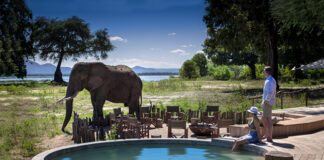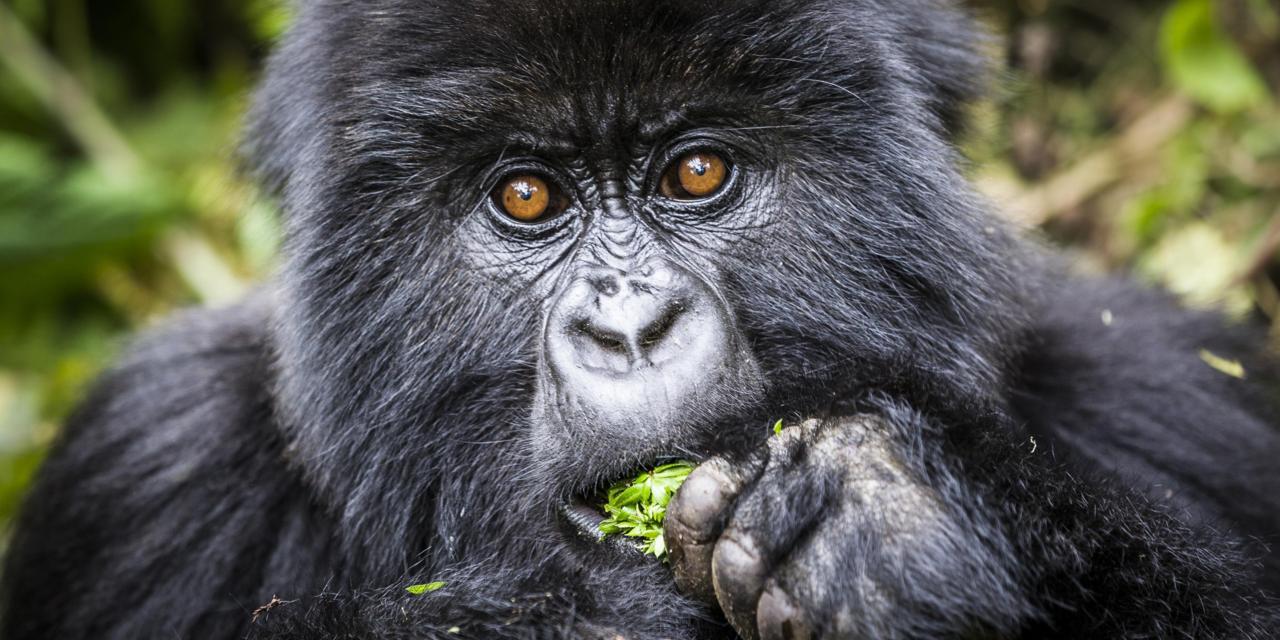There is considerable potential for tourism in Malawi. The tourist industry has grown greatly since the mid-1970s, and the Malawian government is attempting to expand it further.
The tourist sector was badly affected in the 1980s by an economic recession in South Africa, the source of most of Malawi’s tourists.
The industry was also badly affected by the destabilization of Zimbabwe but has seen double digit growth in recent years. Tourism contributed 4.5% to the national GDP in 2014 and provided 3,8% of all jobs.
Main attractions are Lake Malawi, mountains such as Zomba Plateau and Mulanje Mountain and the country’s national parks. The tourist industry promotes Malawi’s national parks including Nyika National Park, Kasungu National Park, and Liwonde National Park.
Malawi has nine national parks and wildlife reserves, as well as many attractive and accessible forest reserves. The parks and reserves are uncrowded and give visitors an excellent experience of unspoilt wilderness.
One of Malawi’s most famous natural attractions is Lake Malawi, which stretches from the northern tip of the country to Mangochi in the south, a distance of approximately 560km.
The lake is home to some of the world’s rarest species of tropical fish, as well as many varieties of eagle and kingfisher.
Here, too, visitors can partake in a range of sports and activities, including swimming, water-skiing, sailing, snorkelling and scuba-diving. Trekking, walking and horseback riding are popular in the Nyika Plateau.








